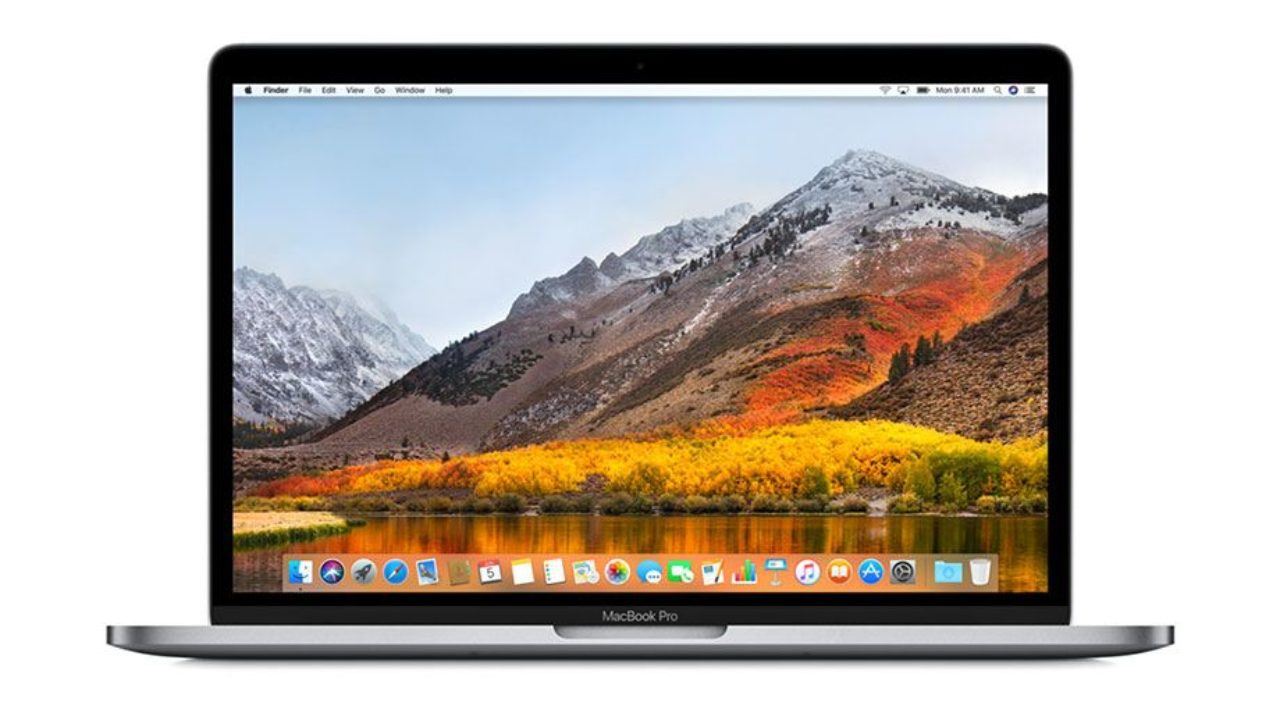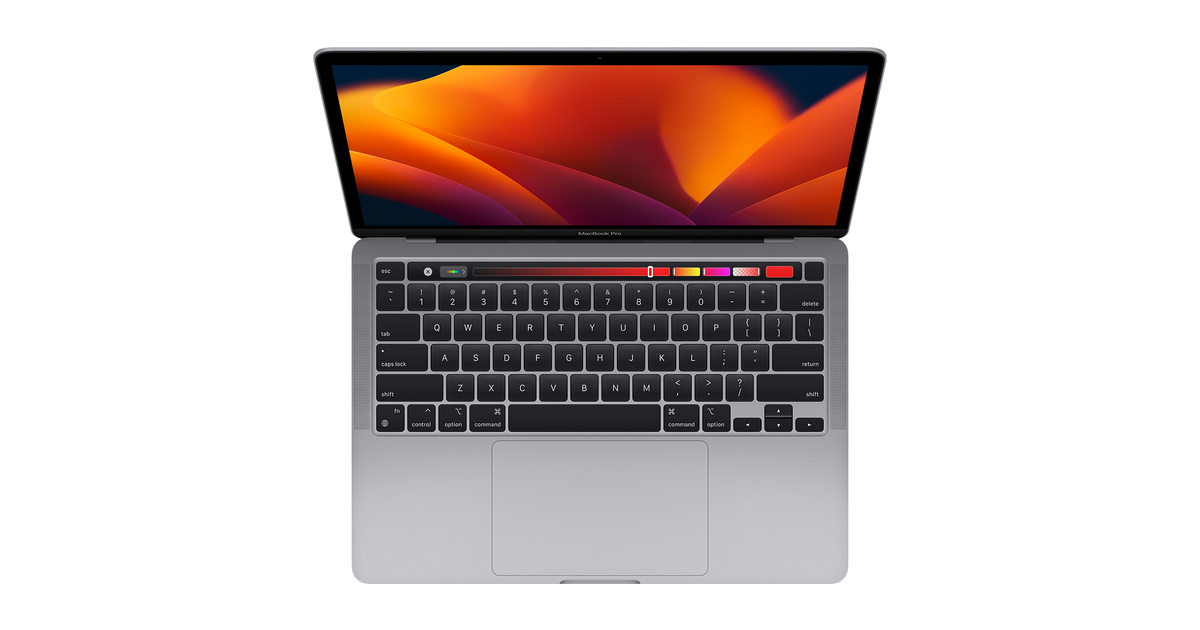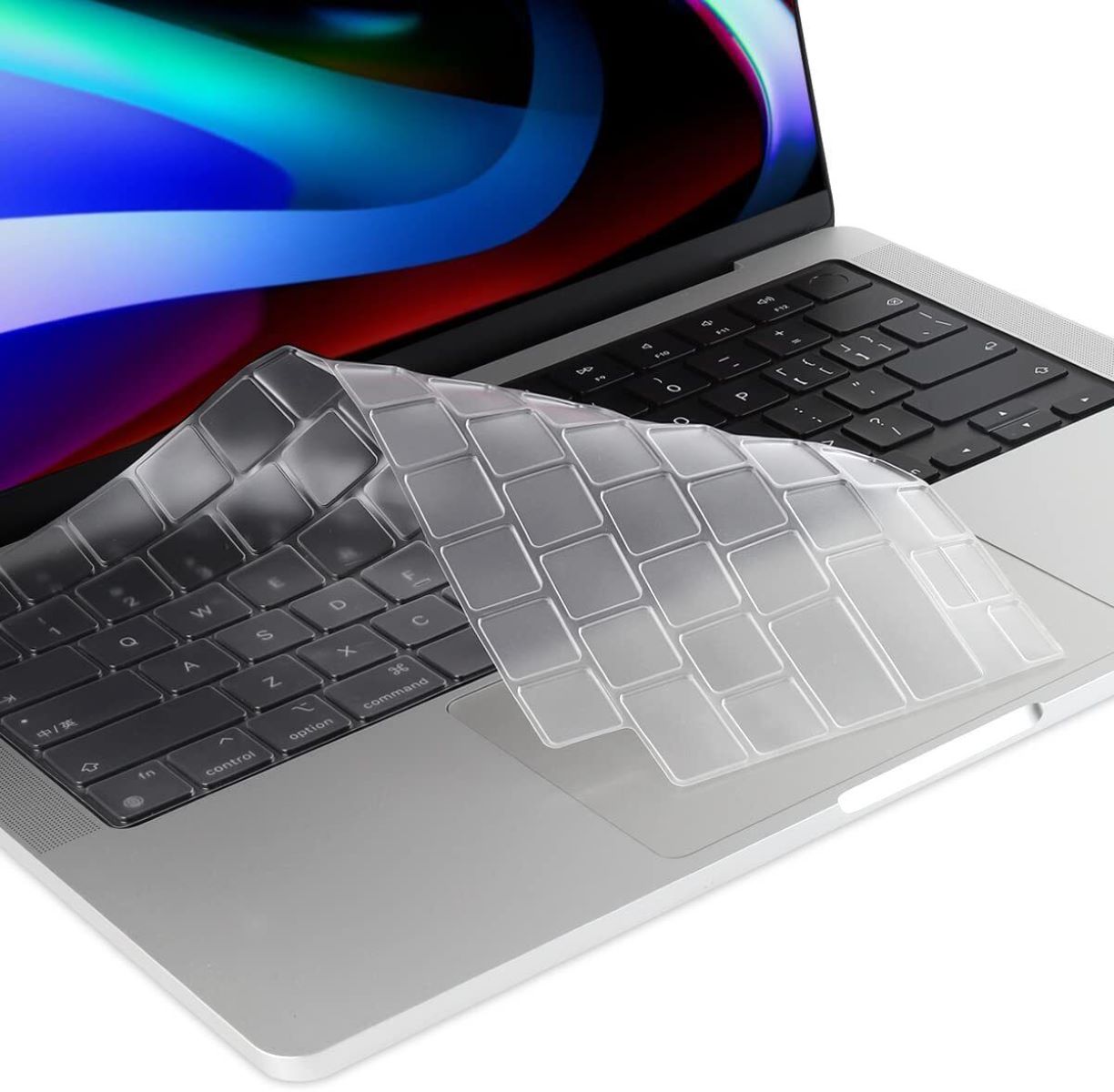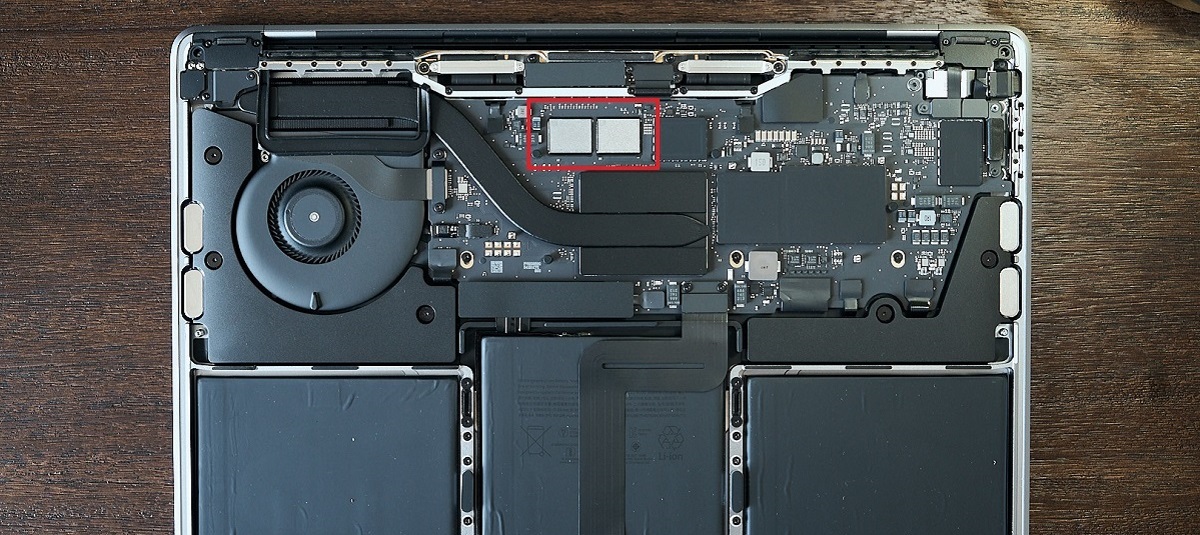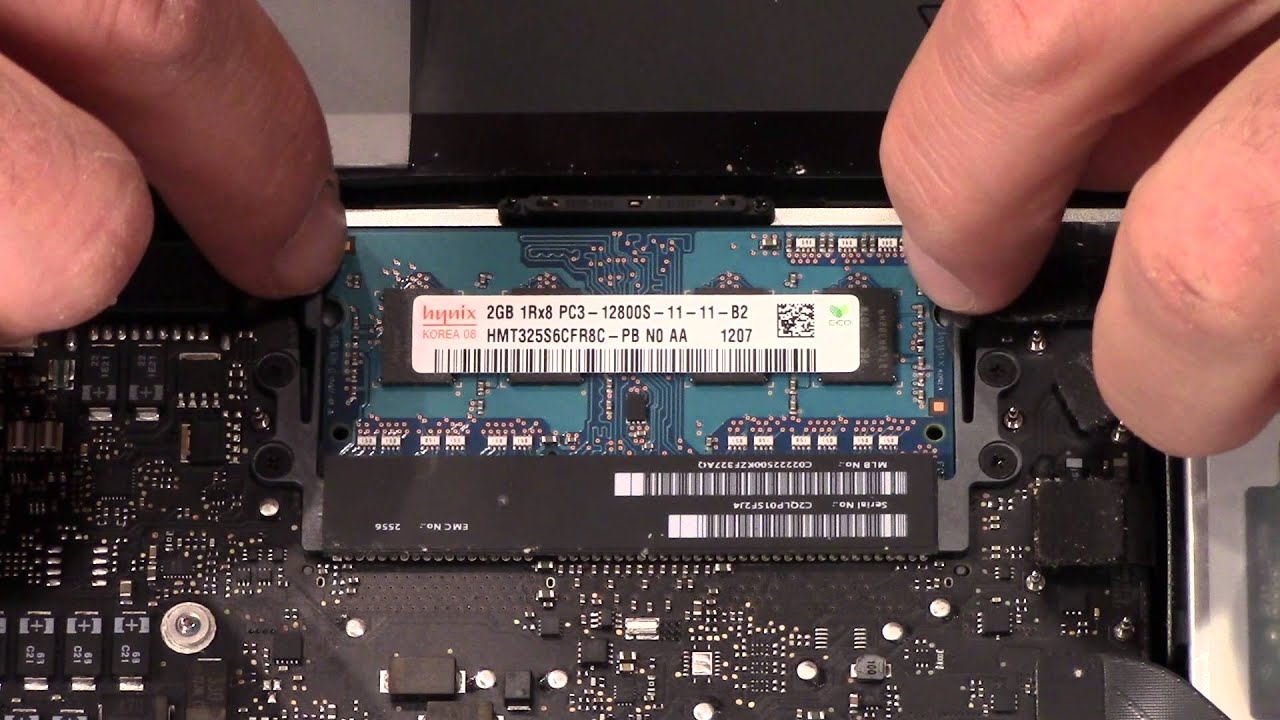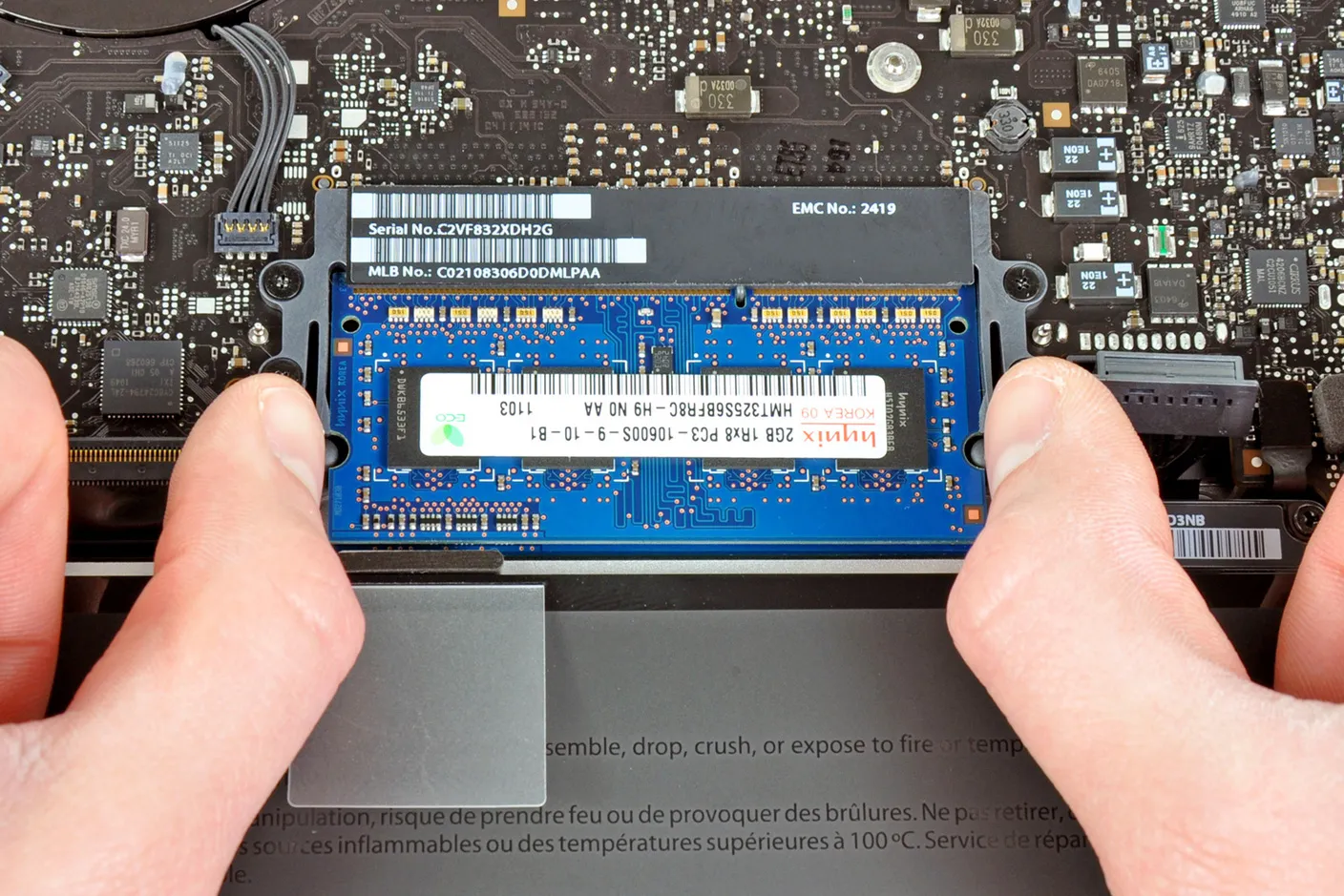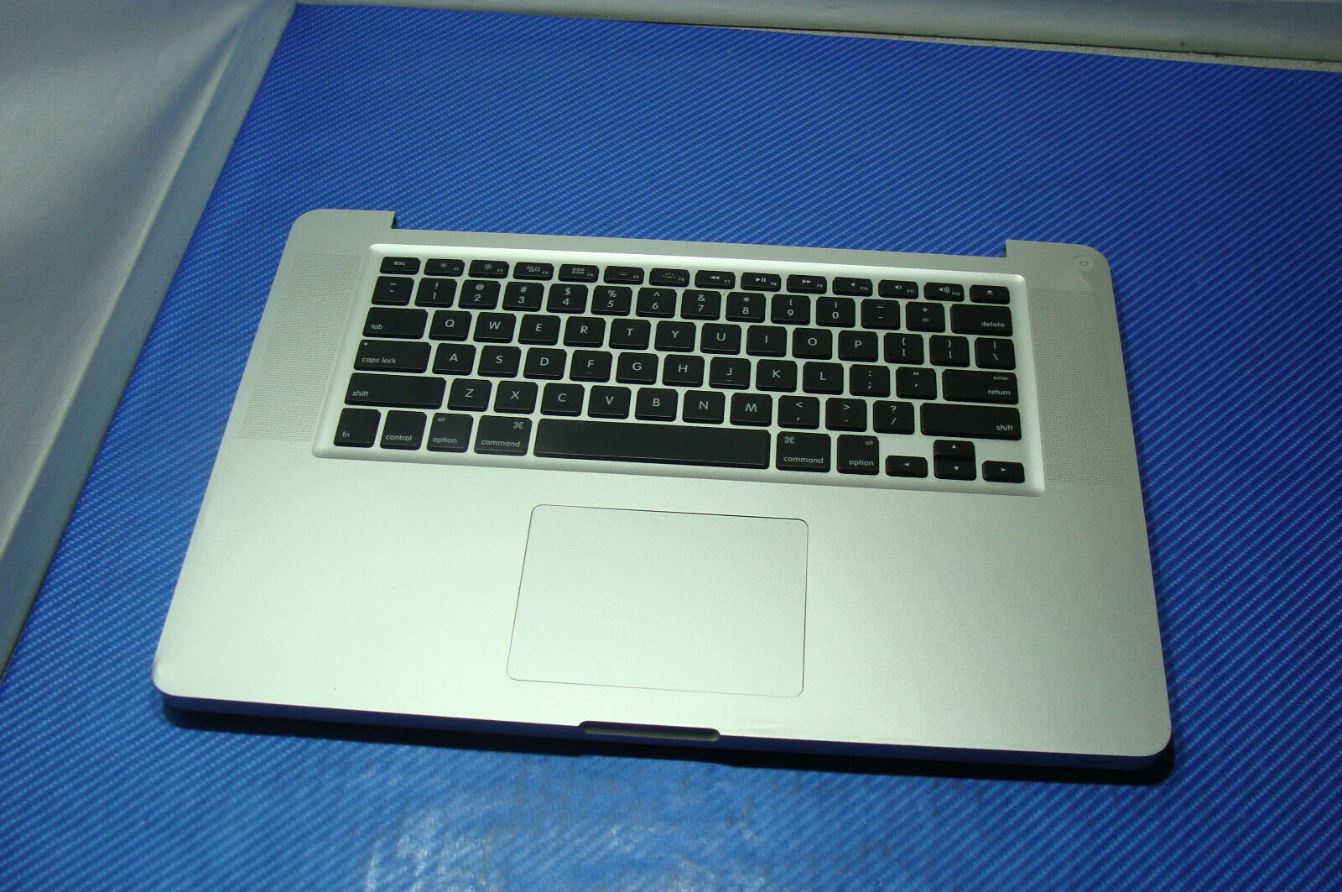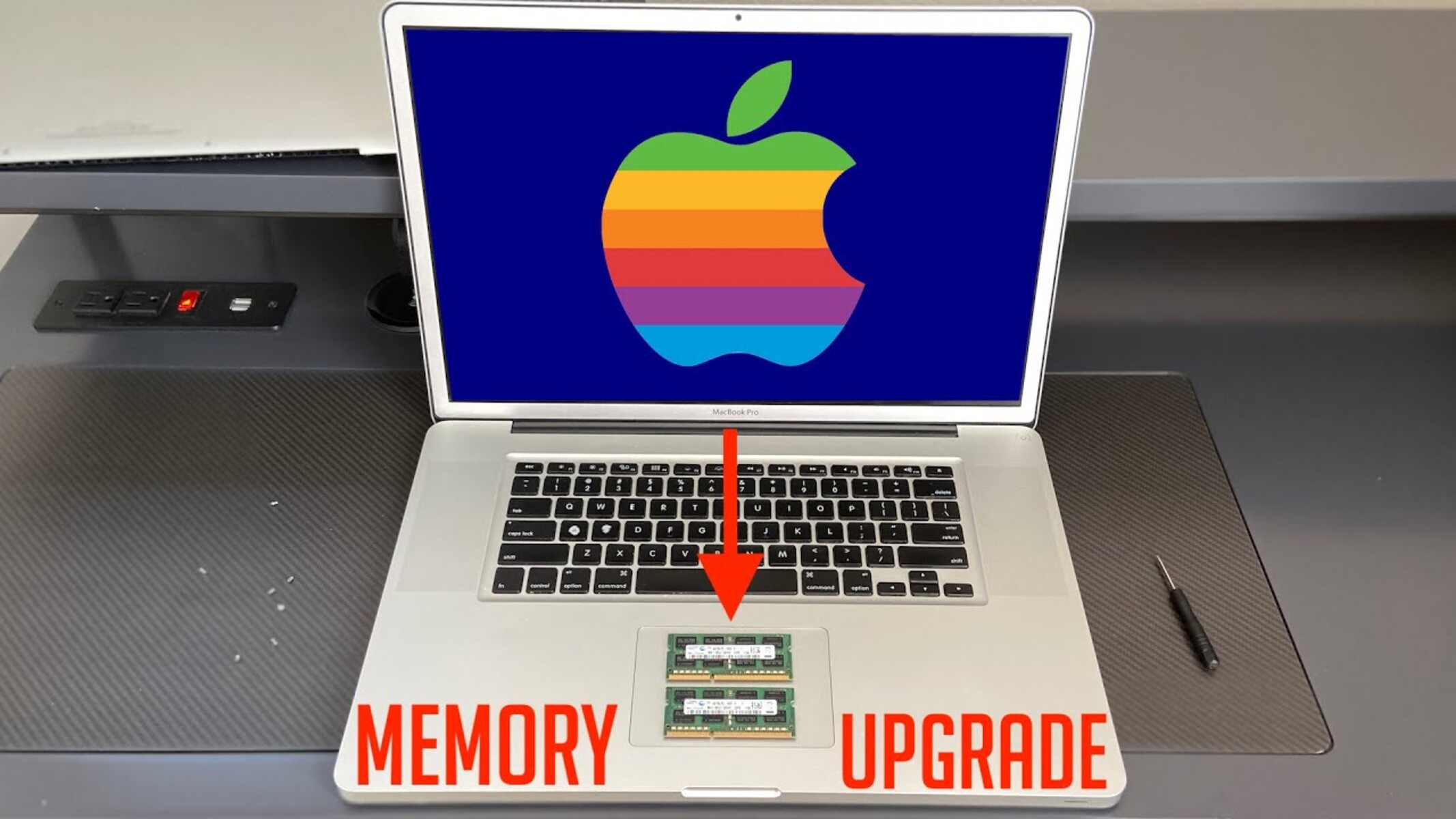Introduction
Welcome to the world of MacBook Pro, where power and elegance combine to deliver an exceptional computing experience. Whether you’re a creative professional, a student, or a businessperson, knowing the model of your MacBook Pro is essential for various reasons. It helps you understand the capabilities and limitations of your device, ensure compatibility with software and hardware upgrades, and even determine its resale value.
So, how can you find out the model of your beloved MacBook Pro? In this article, we will guide you through the process of identifying the model number, year of release, screen size, processor generation, and other important details that will help you accurately determine which MacBook Pro you own.
With a wide range of MacBook Pro models available over the years, it can be quite confusing to distinguish between them. Apple has released several revisions, each bringing improvements in performance, features, and design. By understanding the specific model and its unique characteristics, you can make more informed decisions when it comes to software upgrades, repairs, or even purchasing accessories.
Whether you have a sleek and portable 13-inch MacBook Pro or a powerful 16-inch powerhouse, this article will provide you with the knowledge and tools necessary to identify the precise model of your device. So, let’s dive in and unravel the mystery of your MacBook Pro model!
Finding the Model Number
The first step in determining the model of your MacBook Pro is to locate the model number. This unique identifier will help you differentiate between different generations and configurations. There are a few ways to find the model number of your MacBook Pro:
- Check the About This Mac window: Click on the Apple menu in the top left corner of your screen and select “About This Mac.” A window will appear with the overview of your Mac. Look for the “Overview” tab and click on the “System Report” button. In the window that opens up, you’ll see the model identifier. The format will be something like “MacBookPro13,3.”
- Check the bottom case: Flip your MacBook Pro upside down and look for the serial number, which is usually located near the regulatory markings. The serial number can also include the model number as a part of it. It will be in the format of “Axxxx.”
- Use the Apple Support website: If you’re unable to find the model number using the above methods, you can visit the Apple Support website and go to the “Check Your Service and Support Coverage” page. Enter your serial number, and it will provide you with the model details.
By using one of these methods, you will be able to obtain the model number of your MacBook Pro. Once you have the model number, you can move on to identifying the specific features and specifications of your device.
Different MacBook Pro Models
Over the years, Apple has released various MacBook Pro models, each with its own set of features and improvements. Understanding the differences between the different models will help you determine the capabilities and limitations of your device. Here are some of the main MacBook Pro models:
- 13-inch MacBook Pro: This compact and portable model is perfect for those who prioritize mobility without sacrificing performance. It offers a balance between power and portability, making it a popular choice among students and professionals on-the-go.
- 15-inch MacBook Pro: The 15-inch MacBook Pro provides a larger screen real estate and more powerful hardware options. It is a versatile choice for those who require more power for tasks such as video editing, graphic design, and music production.
- 16-inch MacBook Pro: The latest addition to the MacBook Pro lineup, the 16-inch model offers a larger display with thinner bezels, improved thermal management, and enhanced speakers. It is designed for professionals who demand top-tier performance and a more immersive viewing experience.
In addition to screen size, the MacBook Pro models also vary in terms of processor configurations, storage options, and graphics capabilities. The specific model you own will determine the maximum RAM capacity, the number of Thunderbolt ports, and other hardware specifications.
It’s important to note that the MacBook Pro models refresh periodically, with updated processors, graphics, and other features. Reviewing the specifications and distinguishing between the different MacBook Pro releases will provide you with a better understanding of your device’s capabilities.
Now that you have a general idea of the different MacBook Pro models available, let’s move on to identifying the year your MacBook Pro was released.
Identifying the Year of Release
Knowing the year your MacBook Pro was released can provide valuable insights into its specifications and features. Here are a few methods to identify the year of release:
- About This Mac: As mentioned earlier, you can access the “About This Mac” window by clicking on the Apple menu in the top left corner of your screen. In the Overview tab, you will find the year of release mentioned next to the model identifier.
- Serial Number: Look at the serial number of your MacBook Pro. The fourth character of the serial number represents the year of manufacture. For example, if the fourth character is “C,” it indicates that your MacBook Pro was manufactured in 2015.
- Model Identifier: The model identifier, which you found while locating the model number, can also provide information about the year of release. The first two numbers of the model identifier correspond to the year. For example, “MacBookPro16,1” indicates a MacBook Pro released in 2019.
- Online Resources: If you’re still unsure about the year of release, you can refer to online resources such as Apple’s website, MacRumors, or reputable technology review websites. These sources typically provide information on the release dates and model years of different MacBook Pro models.
By utilizing these methods, you can accurately determine the year your MacBook Pro was released. This information will help you evaluate the compatibility of software updates, identify hardware limitations, and make informed decisions about future upgrades.
Determining the Screen Size
The screen size of your MacBook Pro is an important factor that affects your viewing experience and portability. To determine the screen size of your MacBook Pro, you can follow these steps:
- About This Mac: Once again, open the “About This Mac” window by clicking on the Apple menu in the top left corner of your screen. In the Overview tab, you will find the screen size mentioned next to the model identifier. For example, it might say “13.3-inch” or “16-inch.”
- Measure the Display: If you want to verify the screen size physically, you can measure the display yourself. Using a measuring tape or ruler, measure the diagonal length of the screen from one corner to the opposite corner. Make sure to measure only the display area and exclude the bezels.
- Consult Apple’s Website: If you’re still unsure about the screen size, you can visit Apple’s official website and navigate to the MacBook Pro section. Here, you will find specifications for each model, including the screen size, listed under the technical details.
By using one or more of these methods, you can accurately determine the screen size of your MacBook Pro. Knowing the screen size is useful when purchasing accessories such as cases or screen protectors, as well as when considering external displays or assessing the overall portability of the device.
Now that you have identified the screen size, let’s move on to determining the generation of the processor in your MacBook Pro.
Identifying the Generation of Processor
The generation of the processor in your MacBook Pro plays a significant role in determining its performance and compatibility with certain software and features. To identify the generation of the processor, you can follow these steps:
- About This Mac: Open the “About This Mac” window by clicking on the Apple menu in the top left corner of your screen. In the Overview tab, you will find information about the processor. Look for details such as the processor name and its specifications.
- Intel’s Processor Identification Utility: Intel provides a handy tool called the “Processor Identification Utility” that allows you to identify the generation of the processor. You can download and run this utility on your MacBook Pro, and it will provide detailed information about the processor, including the generation.
- Online Resources: If you’re unable to determine the generation of the processor using the above methods, you can refer to online resources such as Intel’s website, MacRumors, or technology review websites. These sources often provide information on the processors used in different MacBook Pro models and their respective generations.
By using one or more of these methods, you can ascertain the generation of the processor in your MacBook Pro. Understanding the processor generation is useful when considering software requirements, performance benchmarks, and potential hardware upgrades.
Now let’s move on to another important aspect of your MacBook Pro – checking the storage and RAM configuration.
Checking the Storage and RAM
The storage capacity and RAM (Random Access Memory) of your MacBook Pro are crucial factors that determine its overall performance and can impact your productivity. Here’s how you can check the storage and RAM configuration:
- About This Mac: Open the “About This Mac” window by clicking on the Apple menu in the top left corner of your screen. In the Overview tab, you will find information about the storage capacity and RAM. It will provide details such as the size of the storage device (e.g., 256GB or 512GB) and the amount of RAM (e.g., 8GB or 16GB).
- System Report: In the “About This Mac” window, click on the “System Report” button. This will open a new window with detailed hardware information. Under the “Hardware” section, select “Storage” to view the specific model and size of your storage device. To check the RAM configuration, select “Memory.”
- Activity Monitor: Another way to check the RAM usage and configuration is by using the “Activity Monitor” application. You can access it by searching for it in Spotlight or locating it in the Utilities folder. In the “Memory” tab of the Activity Monitor, you can view the current RAM usage and its configuration.
- Third-Party Apps: There are several third-party applications available, such as iStat Menus, that provide detailed system information, including storage capacity and RAM configuration. These apps can give you a comprehensive overview of your MacBook Pro’s hardware specifications.
By using one or more of these methods, you can easily check the storage capacity and RAM configuration of your MacBook Pro. Understanding these specifications helps you assess the available storage space for your files, determine if you need to upgrade your RAM for better performance, and evaluate the compatibility with resource-intensive applications.
Now that you know how to check the storage and RAM, let’s explore some additional details that you can look for to gain a complete understanding of your MacBook Pro.
Additional Details to Look For
When identifying and understanding your MacBook Pro, there are a few additional details you can look for to gain a more comprehensive understanding of your device. These details include:
- Graphics Card: Your MacBook Pro may come equipped with a discrete graphics card or use integrated graphics. Checking the graphics card can be helpful when it comes to running graphics-intensive applications or ensuring compatibility with certain software.
- Ports and Connectivity: Take note of the available ports on your MacBook Pro, such as USB-C/Thunderbolt ports, HDMI, SD card slot, and headphone jack. This information is vital when connecting external devices or determining compatibility with specific peripherals.
- Battery Health: Keep an eye on your MacBook Pro’s battery health to ensure optimum performance and longevity. You can check this information by clicking on the Battery icon in the menu bar or accessing the Battery section in the “About This Mac” window.
- Operating System: Make sure you’re aware of the current operating system running on your MacBook Pro. Staying up to date with the latest macOS version guarantees access to the newest features, security updates, and software compatibility.
- Serial Number for Warranty and Support: It’s always useful to have your MacBook Pro’s serial number handy. This information is essential for warranty claims, accessing support, or checking the device’s eligibility for repair programs.
Gathering these additional details will provide you with a complete picture of your MacBook Pro’s specifications and capabilities. It enables you to make informed decisions regarding software updates, peripheral compatibility, and maintenance to ensure a seamless computing experience.
Now that we have explored the various details to look for when identifying your MacBook Pro, you have a deeper understanding of your device. Remember to keep a record of these details for future reference and troubleshooting purposes.
Conclusion
Congratulations! You have successfully learned how to identify and understand the model number, year of release, screen size, processor generation, storage and RAM configuration, as well as additional details of your MacBook Pro. By knowing these details, you can confidently navigate software updates, determine compatibility with peripherals, and make informed decisions when it comes to upgrading or troubleshooting your MacBook Pro.
Remember, finding the model number is the first step in determining the specifications of your MacBook Pro. From there, you can easily identify the year of release, which will give you insights into its features and capabilities. Determining the screen size, processor generation, storage and RAM configuration, and other details further enhances your understanding of your device.
Having a comprehensive understanding of your MacBook Pro will help you make the most of its performance, optimize productivity, and ensure compatibility with the software and hardware you need. Whether you’re a student, professional, or creative, knowing the specifics about your MacBook Pro can make a significant difference in your overall computing experience.
So, the next time you’re exploring software upgrades, looking for compatible accessories, or troubleshooting issues, refer back to the information you’ve gathered about your MacBook Pro. And remember, if you ever need further assistance or have any questions, Apple’s support resources and knowledgeable Mac communities are always readily available to help.
With your newfound knowledge, you can confidently embrace all that your MacBook Pro has to offer and unlock its full potential for your personal and professional endeavors!







